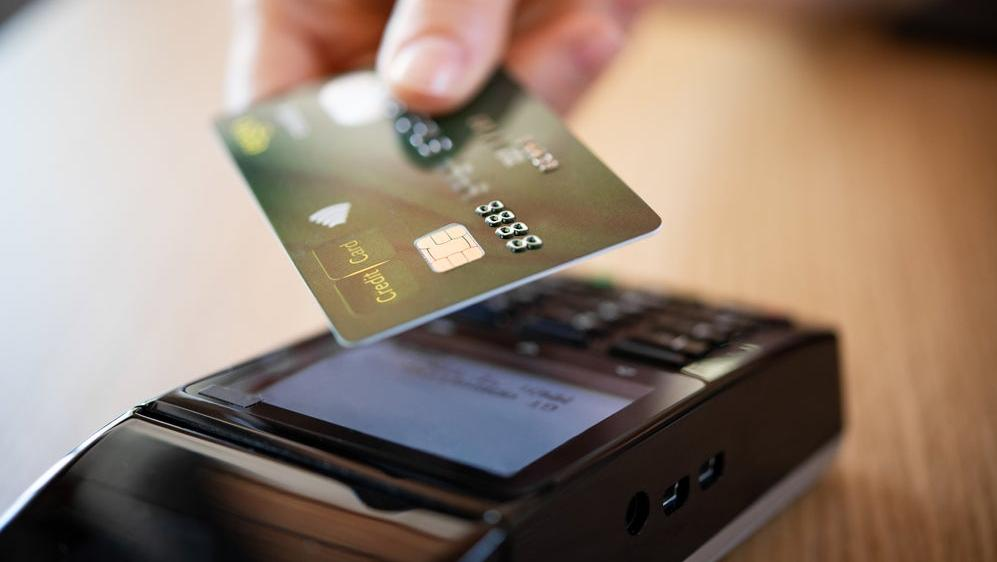Grocery Stores Raise So, So Much Money For Charity
When we "round up" the total for charity, we contribute to a massive donation pool.
Grocery stores perform all sorts of psychological experiments on us, from enticing us with food mascots to presenting more rounded design elements on food packaging, all in the name of getting us to spend more. It happens in the checkout lane, too, and not just in the form of impulse buys: the payment screen at the register often asks us to "round up for charity," or make a small donation that simply takes our purchase total to the next even dollar amount so as to create a frictionless mode of giving. Thanks to a recent evaluation of nonprofit fundraising, we can see how those small donations add up—and they add up massively.
The Wall Street Journal reports that Engage for Good, an organization that connects "top purpose-focused corporate and nonprofit brands," recently released a report specifically focused on the effectiveness of these checkout-lane charity appeals. Effective, it turns out, is an understatement: Last year, these round-up prompts generated $749,480,000 of donations. That's unfathomably close to a billion dollars, just in these sub-$1 dribs and drabs.
Unsurprisingly, the nonprofit sector has seen the goldmine these grocery store transactions represent and done everything in its power to increase the amount of prompts at supermarkets nationwide (as well as at movie theaters, casinos, and basically anywhere else you're swiping your card). WSJ notes that at Stop & Shop alone, round-up initiatives raise between $1 million and $2 million every month, no matter what the charity happens to be.
Is there an expiration date on this method of fundraising? The Wall Street Journal article reports that some consumers are tired of being prompted in this manner during every single card payment transaction, whether the prompt is encouraging charitable donations or tips for employees. Consequently, there's some concern among nonprofits that this consumer fatigue will lead to a downturn in charity donations at the register. It certainly doesn't seem to have hurt fundraising efforts for the past several years—from 2018 to 2022, donations at checkout rose 54%—but the tide might be turning. A survey by Accelerist, a philanthropy software company, revealed that the number of people who "feel neutral or positive about being asked for a donation at checkout" has dropped by 21% since 2021.
Many consumers are skeptical that the donations actually make it to the charities, perhaps even suspecting that the grocery store keeps a chunk for themselves, while some people question the hefty tax write-off earned by the grocery stores in the process. A nonprofit overseer emphasized to WSJ, however, that the money really does go to the charities advertised, and those charities can put it to use many different ways. Whether the grocery store earns a tax write-off from the donations can vary from one chain to the next.
In some ways, it's less the store toward which consumers should direct their skepticism, and more so the charity itself, looking into the organization to make sure it supports initiatives that align with consumers' values. But of course, that's easier said than done when you've bagged up your groceries, fumbled through your wallet, tapped your card, and just want to get your shopping trip over with already. No wonder these prompts are so lucrative.
